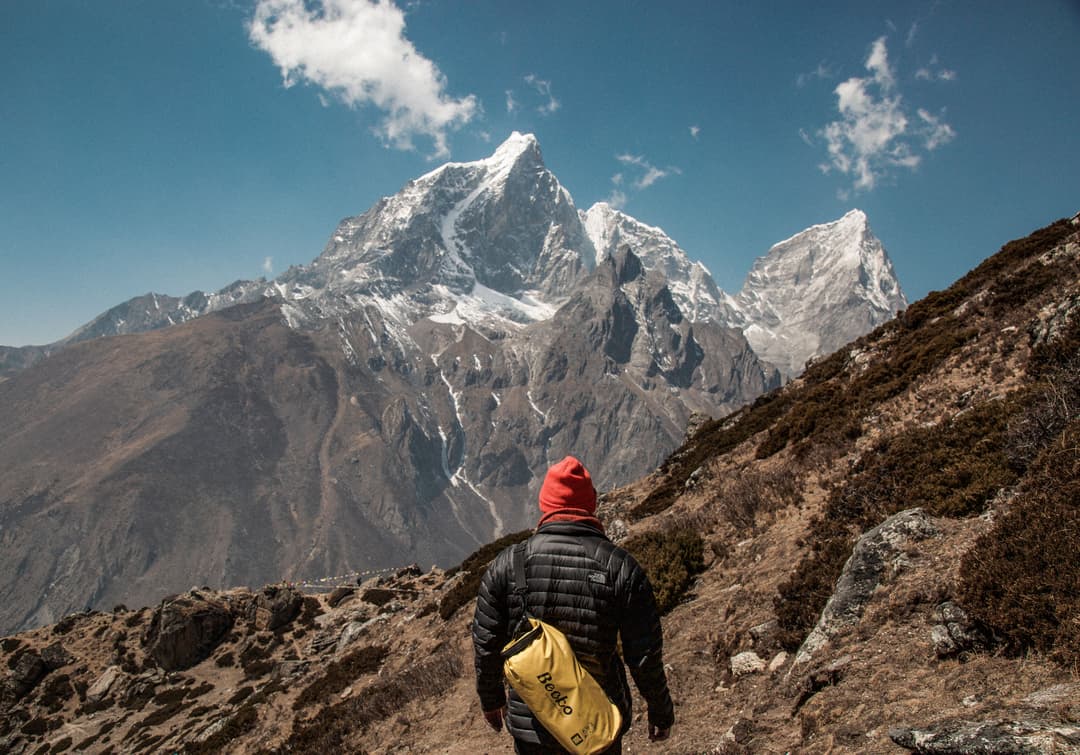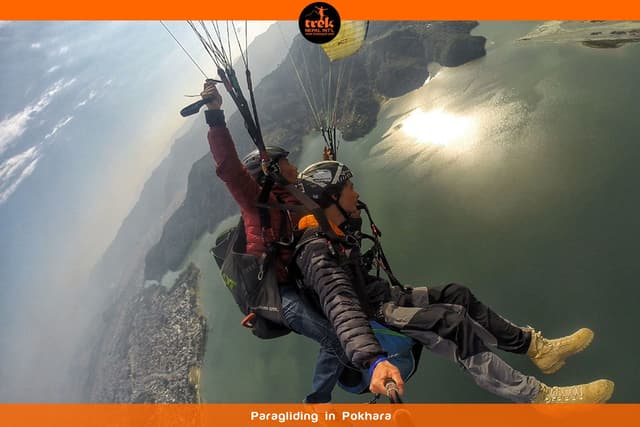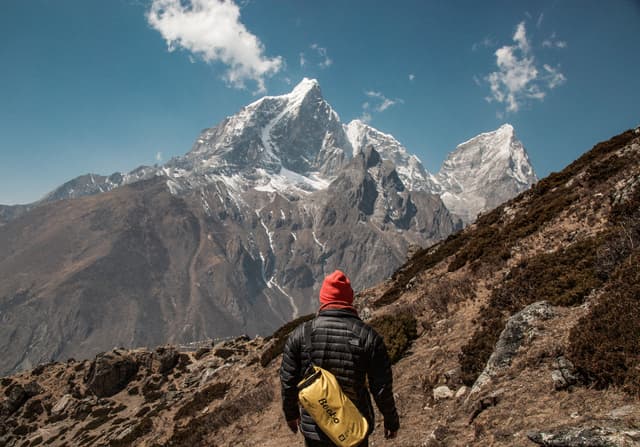
December 21, 2023 / Trek Nepal Blog
Table of Contents

As trekking in Nepal evolved over the decades, it not only became more accessible but also underwent significant changes in terms of infrastructure, information dissemination, and safety measures. The transformation of trekking from a local means of transportation to a global adventure sport has played a crucial role in shaping the industry and enhancing the overall trekking experience for enthusiasts.
The early challenges of limited transportation options and rudimentary infrastructure have given way to a network of well-developed trails, roads, and airports. The improvement in infrastructure has not only facilitated easier access to remote regions but has also contributed to the growth of local economies in trekking regions. Teahouses and lodges, once sparse along the trails, are now established at regular intervals, providing trekkers with comfortable accommodations and essential amenities.
In the early days, trekkers had to rely on limited local knowledge or guidebooks for information about trekking routes. However, the advent of technology has revolutionized information accessibility. Modern trekkers benefit from comprehensive trekking guides, detailed maps, and GPS devices that allow for thorough pre-trip research and planning. This increased access to information has not only made navigation easier but has also empowered trekkers to make informed decisions about their journeys.
Safety has been a paramount concern for trekkers, especially in the challenging terrain of the Himalayas. In the past, limited rescue and emergency services posed significant risks to trekkers, who had to rely on their skills or the assistance of locals in case of emergencies. The introduction of advanced rescue services, including helicopter evacuation, has been a game-changer, significantly improving the safety net for trekkers. These services have not only saved lives but have also instilled greater confidence in adventurers exploring the Himalayan trails.
With the rise in trekking popularity, there is an increased awareness of the need for responsible and sustainable tourism. Conservation initiatives and community-based tourism projects have been implemented to preserve the rich cultural heritage and fragile ecosystems of the Himalayan regions. Trekkers are now encouraged to follow ethical practices, such as minimizing their environmental impact and respecting local cultures, ensuring the long-term sustainability of these beautiful trekking destinations.
From its humble beginnings as a local mode of transportation to its current status as a thriving global adventure, trekking in Nepal has undergone a remarkable transformation. The blend of natural beauty, cultural richness, and the thrill of adventure continues to attract trekkers from around the world. As Nepal's trekking industry flourishes, it is crucial to maintain a balance between accessibility and sustainability, ensuring that future generations can continue to explore and appreciate the unparalleled wonders of the Himalayas. Trekking in Nepal is not just a journey through breathtaking landscapes; it's a testament to the resilience and adaptability of a timeless adventure.

4/26/2024
Nepal is a land of topographical diversities crossed by high mountains and turbulent rivers with a mosaic of diverse ethnic groups with their own distinct cultures. This tour has been carefully designed to provide an unforgettable experience, tailored to e...
Read more
4/23/2024
Seated royally on her throne, she’s possessed, chosen, and worshipped the Kumari. At a tender age, she holds responsibilities of granting the wishes of thousands praying to her, of protecting all those around her and trading her childhood for the fulfillme...
Read more
12/21/2023
As trekking in Nepal evolved over the decades, it not only became more accessible but also underwent significant changes in terms of infrastructure, information dissemination, and safety measures. The transformation of trekking from a local means of transp...
Read more